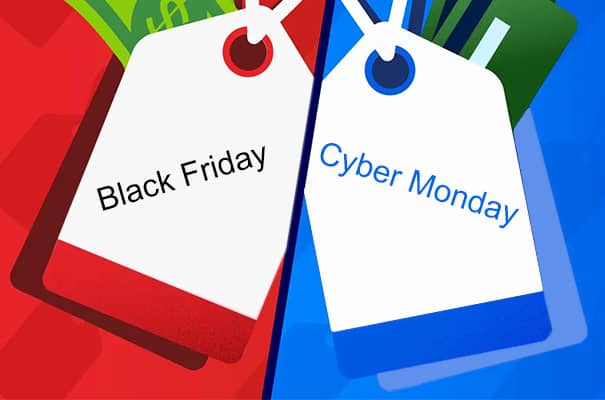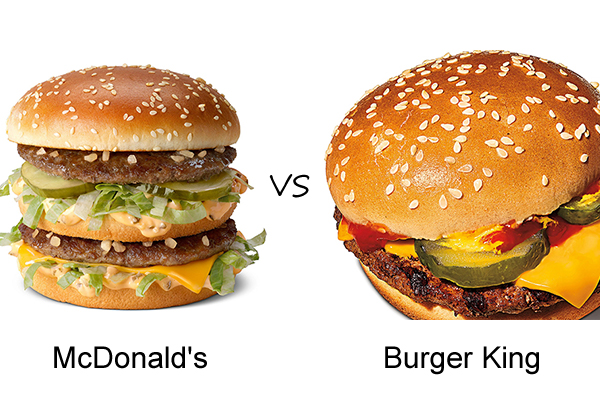Navigating the world of pawn shops and unsure whether to pawn or sell? Our comprehensive guide delves into the key differences and similarities between these two options. From the transaction process to legal considerations, market influences, and even a handy comparison table, we’ve got you covered. Whether it’s pawning a cherished heirloom for a short-term loan or selling unused gadgets for instant cash, our guide offers clear insights to help you make an informed choice. Explore the nuances of pawning and selling and discover which path aligns with your financial needs and personal preferences.
Selling and Pawning: Process and Market
Selling
Selling at a pawn shop is more than just a transaction; it’s about understanding the market and ensuring that the item you’re offering is desirable. Unlike pawning, where you’re obtaining a loan using your item as collateral, selling means permanently parting with your possession for cash.
When it comes to selling, quality matters. For instance, if you want to sell electronics like watches or radios, they must be in good working condition. Pawn shops typically seek items that are quick to sell, avoiding products that might linger on the shelves.
The process is quite straightforward. You bring the item to the pawn shop and express your desire to sell. The pawnbroker then assesses the item and offers you a price. If both parties agree, the deal is sealed, and you walk away with cash in hand. This approach helps individuals turn unused possessions into immediate funds, provided that the items meet the shop’s standards and market demands.
Pawning
Unlike selling, pawning is a way to secure a short-term loan using a valuable item as collateral. If you’re in need of quick cash, you can approach a pawn shop with something of value, like gold or diamond jewelry, or even smaller items like a phone or watch.
The process involves leaving your valuable item with the pawn shop, receiving a loan in return. Pawning is a legal process, ensuring protection for both parties. If you’re unable to pay back the loan, the pawn shop keeps the item, selling it to recoup their money.
Pawning offers a unique solution for those who need temporary financial assistance without parting with their possessions permanently. It’s a path often chosen when selling the item isn’t desired. However, the risk is real, and failure to repay the loan means losing the pawned item. Understanding the terms and being confident in your ability to repay is vital to ensure that pawning remains a viable financial option for you.
8 Key Difference Between Pawning and Selling
| Aspect | Pawning | Selling |
| 1. Transaction Type | Short-term loan | Permanent transaction |
| 2. Ownership | Retains ownership unless loan defaults | Transfers ownership immediately |
| 3. Collateral | Involves collateral (item pawned) | No collateral required |
| 4. Legal Protection | Protected by law | No specific legal coverage for the item |
| 5. Risk | Risk of losing the item if the loan is not repaid | No risk once item is sold |
| 6. Common Items | Often jewelry, valuable gadgets | Must be desirable items, in good working condition |
| 7. Solution Type | Temporary financial solution; item can be reclaimed | Permanent conversion of item to cash |
| 8. Market Influence | Value based on collateral | Influenced by quality and market demand |
This table succinctly outlines the distinctions, helping you navigate the choices at a pawn shop, depending on your individual needs and circumstances.
5 Similarities Between Pawning and Selling
- Transaction with Pawnbroker: Both involve dealing with a pawnbroker at a pawn shop.
- Valuable Items: In both scenarios, valuable items are exchanged, whether as collateral (pawning) or for direct sale (selling).
- Immediate Financial Relief: Both options provide immediate financial assistance, either through a short-term loan or outright cash.
- Item Assessment: Both require an evaluation of the item’s value and condition to determine the price or loan amount.
- Influence by Market Trends: The value and interest in both pawning and selling can be influenced by current market demands and trends.
FAQs
Can I get my item back if I change my mind after selling it at a pawn shop?
No, selling is a permanent transaction. Once sold, you cannot reclaim the item. However, with pawning, you have the opportunity to reclaim the item by repaying the loan within the agreed-upon time frame.
How do pawn shops determine the value of an item for pawning or selling?
Pawn shops assess the value based on the item’s condition, rarity, demand in the current market, and sometimes refer to standard pricing guides or expert appraisals.
Is pawning always a better option if I want to keep my item in the long run?
Pawning allows you to reclaim your item after repaying the loan, but it’s essential to be confident in your ability to repay within the terms. If not, you risk losing the item.
Can I negotiate the price when selling or the loan amount when pawning at a pawn shop?
Yes, there might be room for negotiation depending on the pawn shop’s policies and the perceived value of the item. It never hurts to ask!
Are there any legal considerations or paperwork involved in either pawning or selling?
Yes, pawning usually involves a legal agreement, and there may be local regulations governing the sale of certain items. Proper identification and documentation might also be required for both selling and pawning.





